9 Nations Already Barring Tourists — Plus 3 More On The Brink Of Locking Their Borders
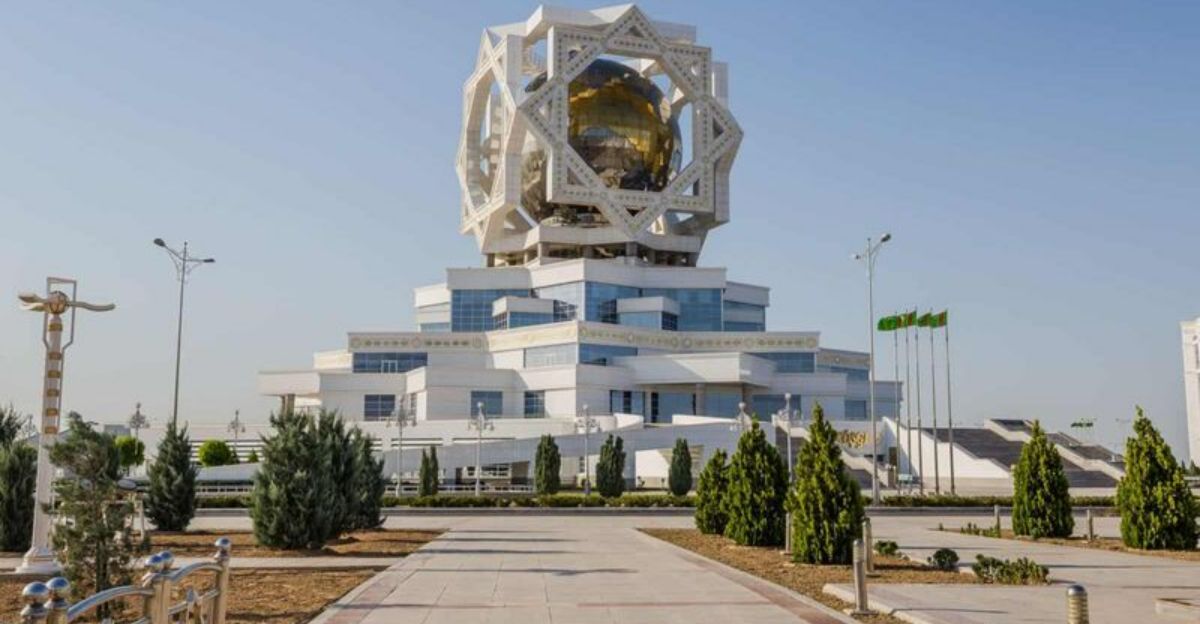
Travel dreams can quickly hit a roadblock when countries decide to close their doors to visitors. Right now, several nations across the globe have completely restricted tourist access, while others are seriously considering similar measures.
These border closures happen for various reasons – from political instability to environmental protection or even pandemic concerns.
1. North Korea’s Ironclad Isolation
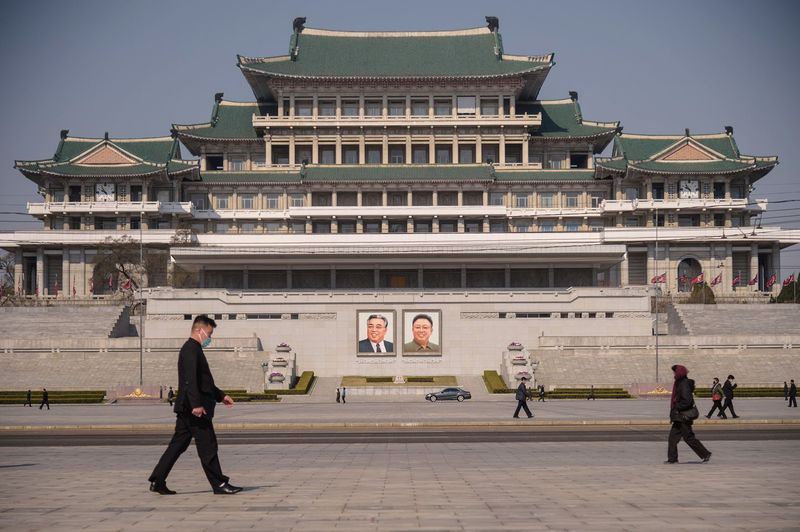
Few places remain as mysterious as this secretive state. The government maintains strict control over who enters, with typical tourism virtually nonexistent. Only select Chinese tour groups occasionally receive permission, and even then, visitors face constant surveillance and limited movement.
Visitors must surrender their phones at the border and can only see government-approved sites with official guides. Photography is heavily restricted, and interaction with locals is nearly impossible.
Any rule-breaking can result in severe consequences, including imprisonment. This extreme isolation has kept the country largely unchanged and disconnected from global culture and technology for decades.
2. Yemen’s Conflict Zone
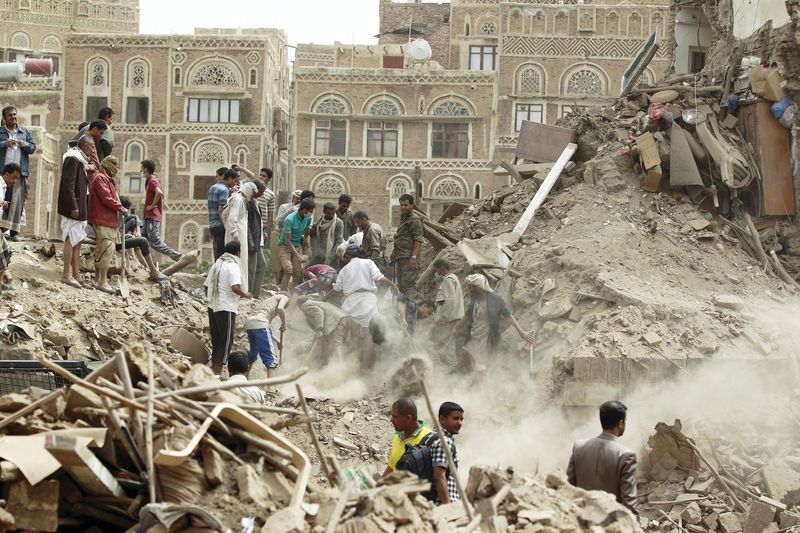
Armed conflict has transformed Yemen from a tourism destination with ancient architecture into a no-go zone. The ongoing civil war, which erupted in 2014, has created one of the world’s worst humanitarian crises with devastating consequences for locals and zero tourist infrastructure.
Most governments have issued their strongest travel warnings against visiting. Those who do attempt entry face extreme danger from airstrikes, terrorist attacks, kidnapping, and limited access to food, water, and medical care.
Before the war, travelers marveled at Yemen’s historic mud-brick towers and ancient markets. Now these treasures stand damaged or destroyed, with recovery seemingly distant.
3. Bhutan’s High-Value Tourism Model
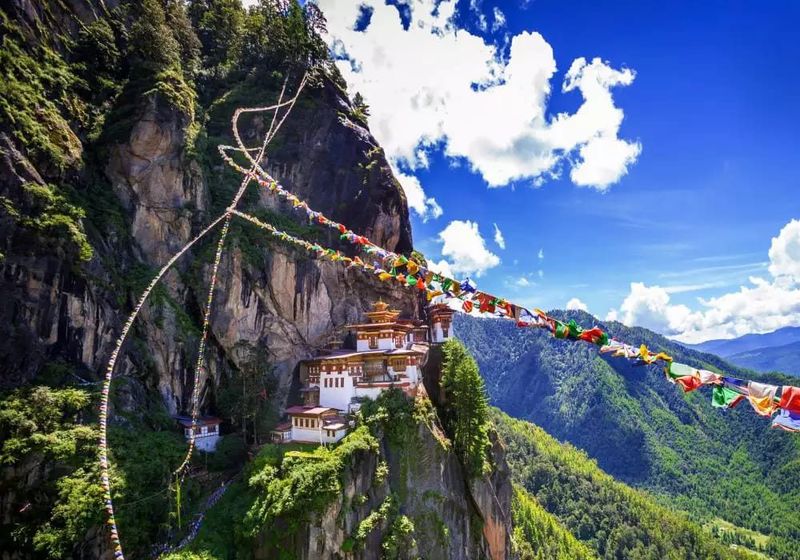
The Himalayan kingdom isn’t completely closed, but its unique approach effectively bars budget travelers. Visitors must pay a mandatory daily fee of $200-$250, making it one of the world’s most expensive destinations. This “Sustainable Development Fee” deliberately limits tourist numbers while funding free healthcare and education for citizens.
Travelers can’t explore independently either. Everyone must book through licensed Bhutanese tour operators and follow pre-approved itineraries with guides. The government carefully monitors where foreigners go.
This strategy preserves Bhutan’s pristine environment and unique culture from mass tourism’s negative impacts. Their “Gross National Happiness” philosophy prioritizes wellbeing over visitor numbers or tourism dollars.
4. Libya’s Dangerous Landscape
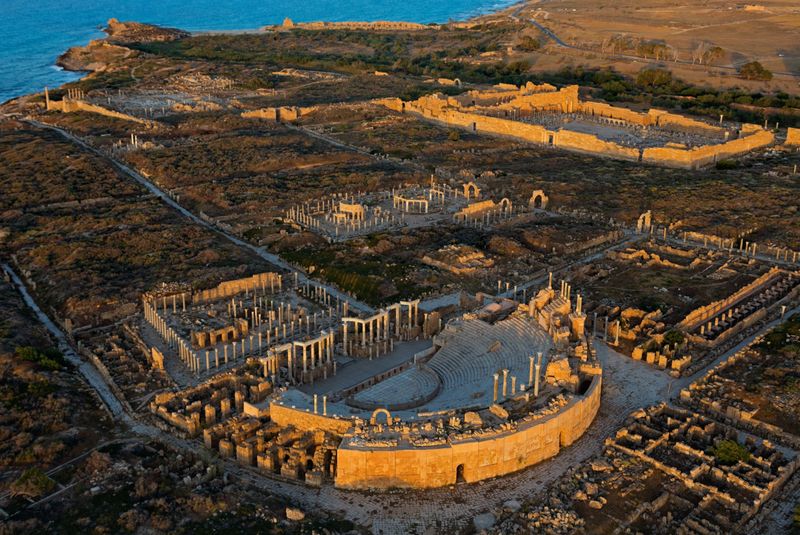
Once home to some of North Africa’s most impressive Roman ruins, Libya now exists in a state of fractured governance. Multiple competing governments and armed groups control different regions, making safe travel impossible. Terrorist organizations operate freely in parts of the country.
Kidnappings, arbitrary detention, and violent crime occur regularly without functioning police or justice systems. Even the capital, Tripoli, experiences sudden outbreaks of armed conflict. Most embassies closed years ago, meaning little to no consular assistance exists for travelers in trouble.
The magnificent ancient sites of Leptis Magna and Sabratha sit largely abandoned, with archaeological preservation efforts stalled. Tourism infrastructure has completely collapsed since 2011.
5. Syria’s Ongoing Crisis

War has devastated this cradle of civilization since 2011. Damascus, one of the world’s oldest continuously inhabited cities, and UNESCO sites like Palmyra have suffered extensive damage from bombing and deliberate destruction by extremist groups.
Despite government claims of stability in certain areas, dangerous conditions persist nationwide. Unexploded ordnance, collapsed buildings, and sporadic violence make travel extremely hazardous. Most nations maintain their strictest travel advisories against all visits.
Though a handful of adventure tourists occasionally attempt entry through neighboring Lebanon, they face enormous risks. Insurance companies won’t cover travel here, and medical facilities have been systematically targeted during the conflict, leaving few emergency options.
6. Turkmenistan’s Bizarre Entry Rules
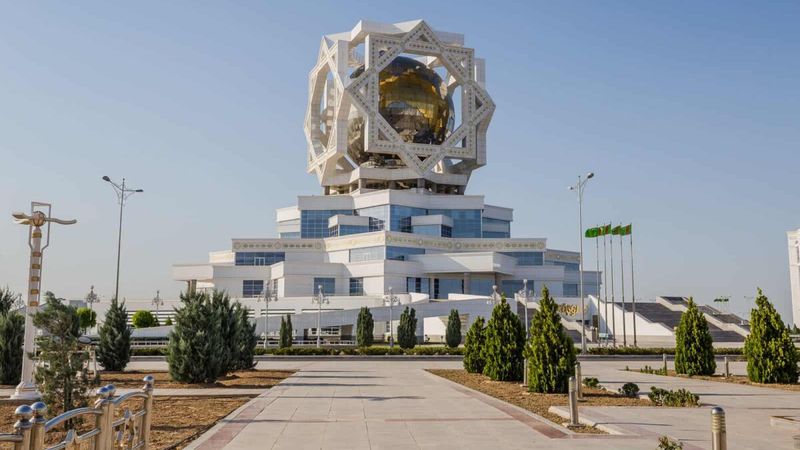
Getting into this Central Asian nation feels nearly impossible for ordinary travelers. The government rarely approves tourist visa applications without booking through state-approved tour companies at inflated prices. Even then, many applicants face rejection without explanation.
Those who do enter encounter one of the world’s most controlling regimes. Visitors receive constant government minders, can’t visit certain areas, and find internet heavily censored. Photography restrictions are extensive, and talking to locals about politics can create problems for both parties.
The bizarre golden statues and marble buildings of the capital Ashgabat stand largely empty of visitors. Despite having the spectacular Darvaza gas crater (known as the “Door to Hell”), Turkmenistan remains one of the least-visited countries globally.
7. Saudi Arabia’s Recent Opening
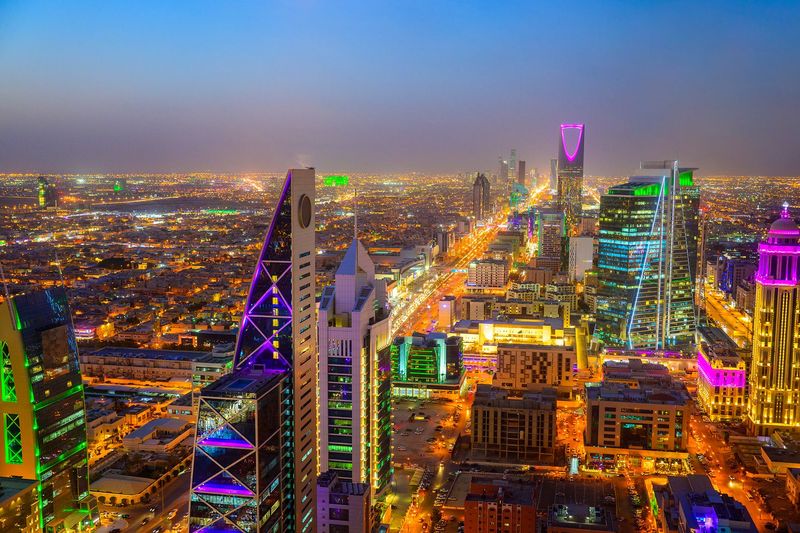
Until 2019, the kingdom remained effectively closed to non-religious tourists. The birthplace of Islam only permitted Muslims making pilgrimage to Mecca and Medina, while business travelers faced strict limitations. This conservative approach kept most of the country off-limits to casual visitors for decades.
Their recent tourism push represents a dramatic shift. Now, non-Muslims can visit most areas except the holy cities. However, strict behavioral codes remain – modest dress is mandatory, public displays of affection forbidden, and alcohol prohibited throughout the country.
Many travelers still hesitate due to the kingdom’s human rights record and the murder of journalist Jamal Khashoggi. Women travelers in particular face restrictions, though rules have gradually relaxed under recent reforms.
8. Iran’s Complicated Welcome
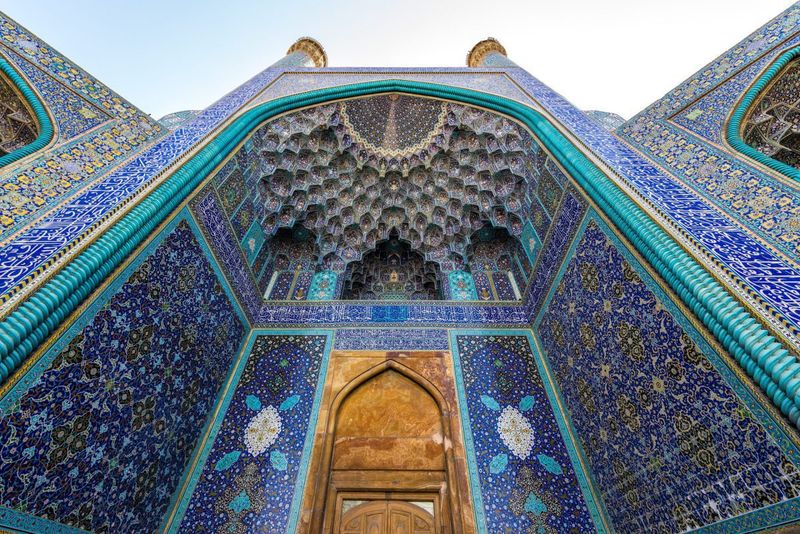
Political tensions make this Persian civilization hub practically inaccessible for Americans, Brits, and Canadians. While technically allowed to visit, these nationalities must join expensive guided tours with government-approved itineraries and constant supervision. Independent travel remains impossible.
Other nationalities face fewer restrictions but still encounter a complicated visa process. The country’s banking isolation means foreign credit cards don’t work, forcing visitors to carry large amounts of cash. Internet censorship blocks many common websites and apps.
Despite these hurdles, Iran’s spectacular mosques, ancient ruins, and renowned hospitality attract determined travelers. The contrast between government policies and the warmth of ordinary Iranians creates a complex experience for those who manage to enter.
9. Afghanistan’s Dangerous Reality
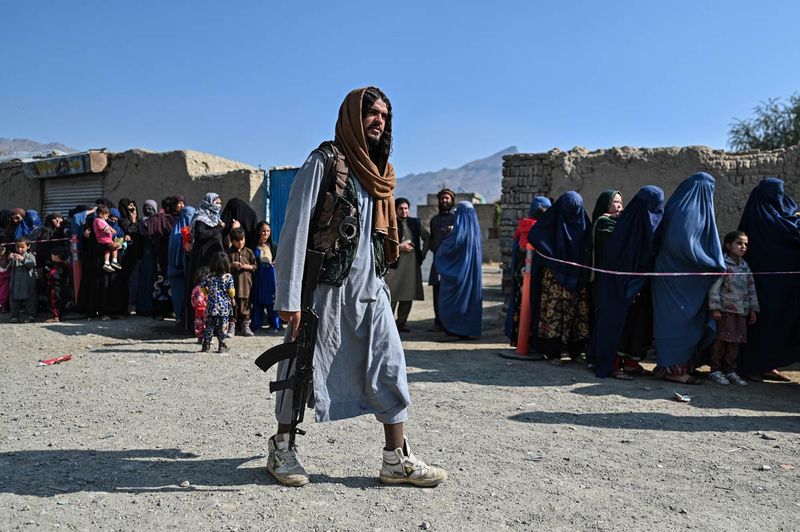
Since the Taliban regained control in 2021, tourism has virtually vanished from this mountainous country. The few who attempt entry face extreme risk from armed conflict, terrorism, kidnapping, and crime. No functioning tourist infrastructure exists, and most insurance policies explicitly exclude coverage here.
Women travelers face particularly severe restrictions under current rule. They must wear full-body coverings and cannot travel without male relatives. Many historic sites and natural attractions remain inaccessible due to ongoing instability.
Decades ago, Afghanistan formed part of the “Hippie Trail” where adventurous travelers explored Central Asia. The stunning Band-e Amir lakes and ancient city of Balkh once drew visitors seeking natural beauty and history, now unreachable except to the most determined risk-takers.
10. Japan’s Potential Tourist Limits
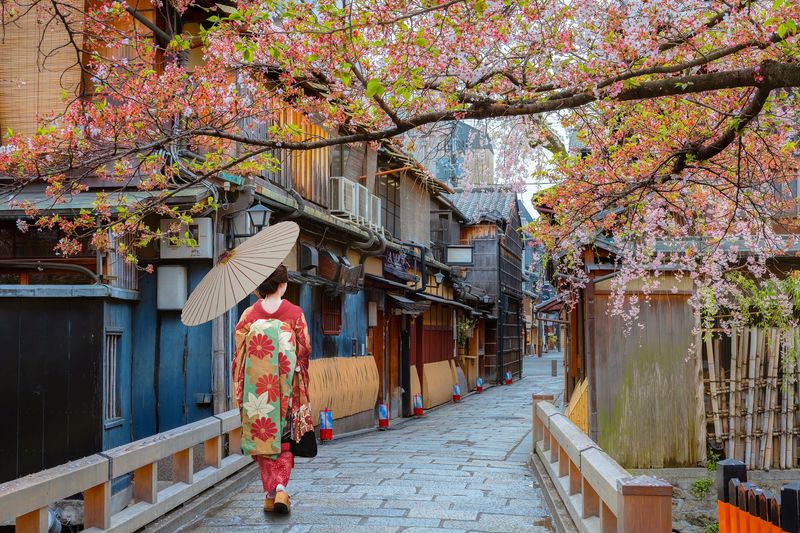
Kyoto residents can finally walk their own streets again after years of overtourism. The ancient capital saw locals pushed out of temples, gardens, and restaurants by tourist crowds before the pandemic. Now officials debate permanent visitor caps as tourism returns.
Some popular sites already implement reservation systems and higher fees for international visitors. The famous bamboo grove in Arashiyama recently introduced time-limited entry tickets after complaints about selfie-taking crowds making the area impassable.
Traditional geisha districts like Gion have banned photography on private streets after residents reported harassment. While Japan won’t close entirely, these targeted restrictions signal a new approach to managing tourism impact on historic areas and local communities.
11. Venice’s Visitor Management Experiment
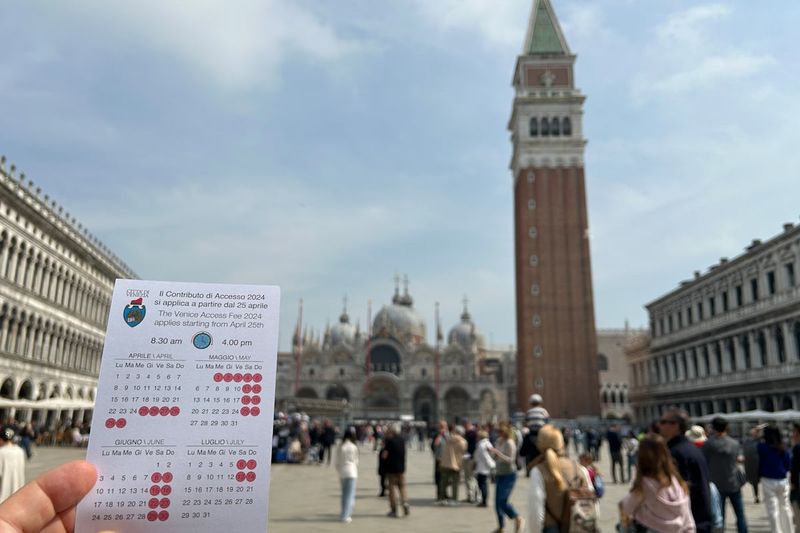
The floating city has become the first major destination to charge entry fees for day-trippers. Starting in 2023, visitors without hotel reservations must pay €5 and pre-register their arrival. This system aims to reduce the crushing crowds that have made parts of the city unbearable for its dwindling local population.
Officials have also banned large cruise ships from the historic center after decades of damage to the fragile lagoon ecosystem. Security cameras now track visitor movements throughout the city, allowing authorities to limit access to overcrowded areas during peak times.
While not closing completely, these measures mark the beginning of treating Venice more like a museum than an open city. Residents hope these steps will preserve their unique home before it transforms entirely into a tourist-only zone.
12. Barcelona’s Airbnb Crackdown

The Catalan capital plans to eliminate all short-term apartment rentals by 2028, effectively reducing tourism capacity by thousands of beds. Mayor Jaume Collboni announced this bold move after years of protests from locals priced out of their neighborhoods by tourism-focused real estate speculation.
Popular attractions like Park Güell and Sagrada Familia already limit daily visitors through timed tickets. New hotel construction faces strict regulations, and cruise ship numbers now have daily caps to prevent overwhelming the city center.
Anti-tourism sentiment has grown so strong that graffiti telling visitors to “go home” appears regularly in tourist-heavy neighborhoods. While the city remains open, these measures signal Barcelona’s determination to reclaim its identity beyond just being a weekend party destination.
